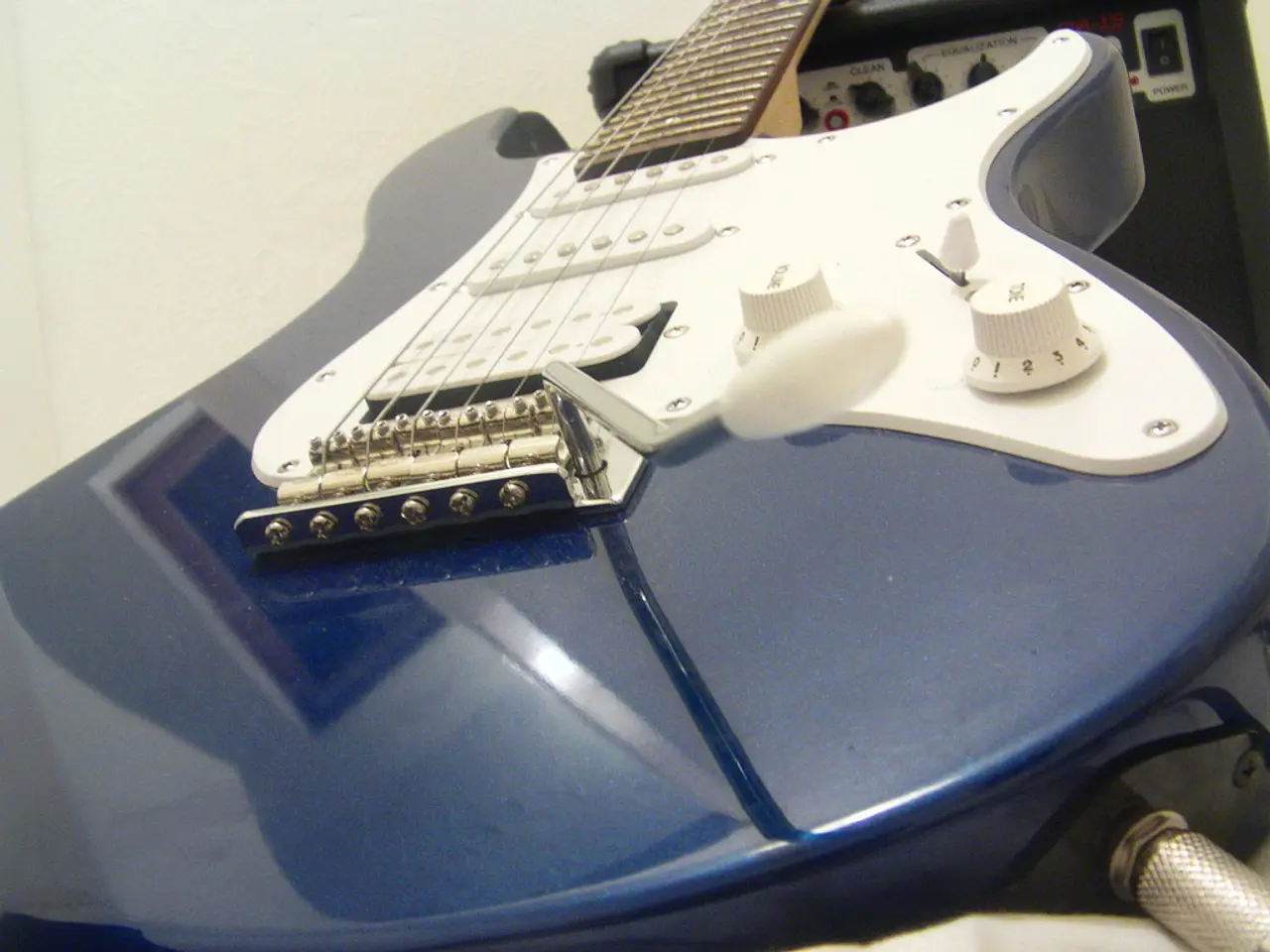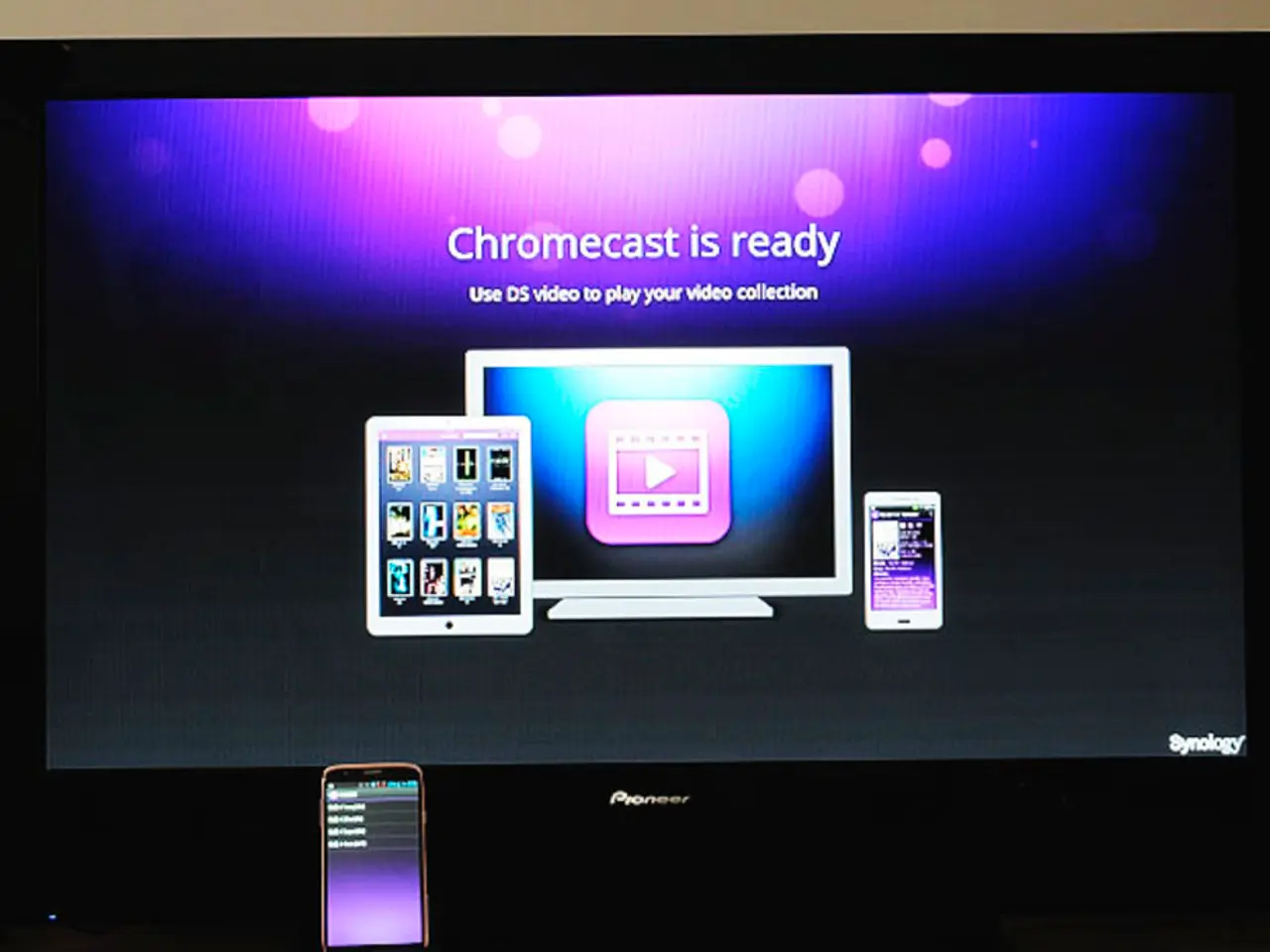Boosting Retail Performance with Innovative Technology
In the realm of consumer packaged goods (CPG), physical stores still account for over 80% of sales. To excel in this market, CPG companies are turning to technology to optimize their retail execution.
CPG companies can partner with retailers to gain access to more accurate retail inventory levels, and mobile retail execution apps can help ensure efficiency and compliance in the field. These apps, equipped with real-time data validation and processing, improve field team efficiency and accuracy during in-store visits.
One of the key technologies driving this transformation is AI. AI-powered retail execution software generates store-specific order suggestions based on availability, replenishment needs, and seasonality, improving sales and revenue per visit. Generative AI also accelerates creative content development for marketing.
Automated data processing and computer vision, such as Optical Character Recognition (OCR) and AI-enabled shelf monitoring, automate audits, detect out-of-stocks, misplaced SKUs, and compliance errors on shelves in real time. This reduces manual errors, boosts planogram compliance, and improves promotional execution.
IoT sensors, smart shelves with weight sensors and cameras, RFID tags, and POS systems enable real-time stock monitoring and predictive out-of-stock management. These tools allow immediate replenishment alerts and demand forecasting analytics. Retailers can also install sensors and cameras to analyze shoppers' movements, providing valuable insights into consumer behaviour.
Data-driven analytics and insights transform complex syndicated, POS, and trade data into actionable insights. These enable better trade promotion ROI, pricing strategies, and supply chain optimization, resulting in improved delivery performance and inventory cost savings.
Technology can collect data on how many customers visit a specific category, how long they spend in the category, and how many visitors to one category also shop another. Image recognition technology can scan shelves, ensuring feature ads for displays are being executed at the store level.
DSD is an important pathway for CPG companies to gain and expand shelf space and distribution. The right technology and infrastructure is critical for DSD route and visit optimization. Retail merchandising teams equipped with smartphones or tablets can transform static pictures or POGs into interactive analytics of the store shelves.
In conclusion, AI, computer vision, IoT sensors, mobile execution tools, and advanced analytics are the key enablers for CPG companies striving for optimized retail execution across inventory, compliance, operations, and shopper insights. However, choosing the right technologies for a specific company can be challenging. That's where our team at Clarkston comes in, helping CPG companies decide which technologies are the best fit for them.
It's worth noting that the data and insights derived from retail execution need to be shared and utilized across the organization, including Brand, Marketing, Category, RGM, and Innovation teams, to drive profitable growth by optimizing promotional spend and retail partnerships.
By leveraging these technologies and strategies, CPG companies can increase shelf compliance and on-shelf availability, reduce labor time for audits and operations, enhance field team productivity with data-driven actions, improve inventory accuracy and responsiveness to demand, generate actionable shopper insights from multiple channels, and drive profitable growth by optimizing promotional spend and retail partnerships.
- To improve sales and revenue in the consumer packaged goods (CPG) industry, companies are collaborating with retailers for access to accurate retail inventory levels using technology.
- Mobile retail execution apps, enabled with real-time data validation and processing, are instrumental in optimizing field team efficiency during in-store visits.
- AI-powered retail execution software generates store-specific order suggestions, based on availability, replenishment needs, and seasonality, for improved sales.
- AI also accelerates creative content development for marketing, while automated data processing and computer vision, such as Optical Character Recognition (OCR) and AI-enabled shelf monitoring, automate audits and provide real-time error detection.
- IoT sensors, smart shelves with weight sensors and cameras, RFID tags, and POS systems enable real-time stock monitoring, predictive out-of-stock management, and demand forecasting analytics.
- Data-driven analytics and insights transform complex data into actionable insights, helping CPG companies create better trade promotion ROI, pricing strategies, and supply chain optimization.
- Image recognition technology can scan shelves to ensure feature ads for displays are being correctly executed, while direct store delivery (DSD) technology is essential for CPG companies to gain and expand shelf space.
- Our team at Clarkston can help CPG companies decide on the best-fit technologies and leverage these tools for increased shelf compliance, improved inventory accuracy, enhanced field team productivity, valuable shopper insights, and optimized promotional spend and retail partnerships.




